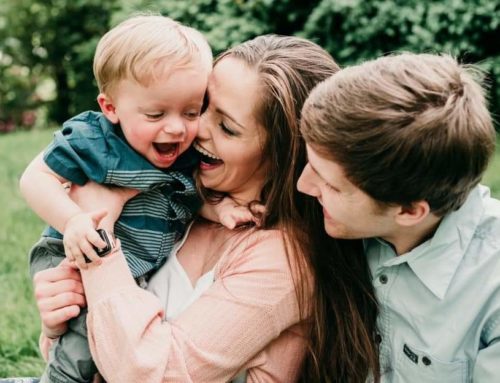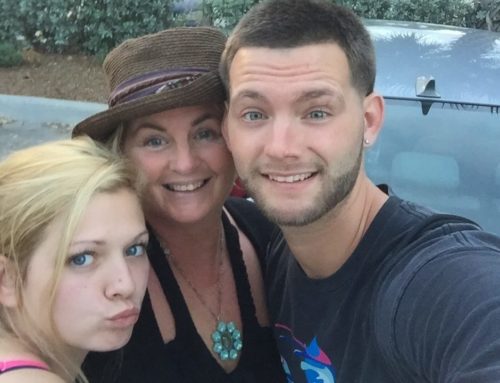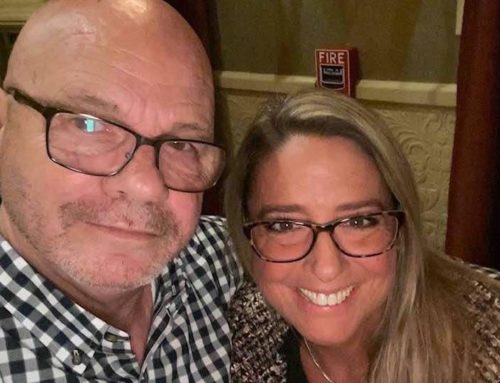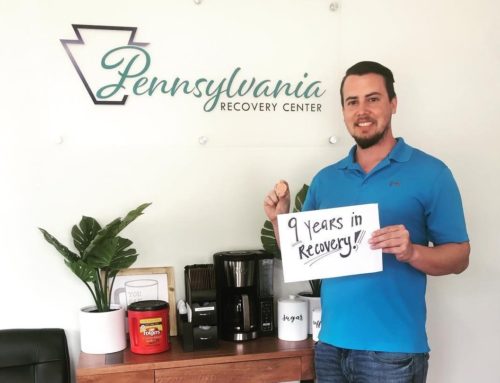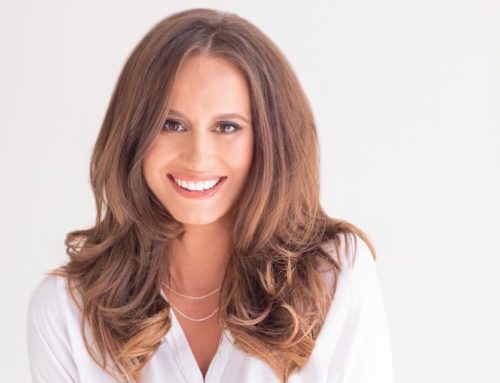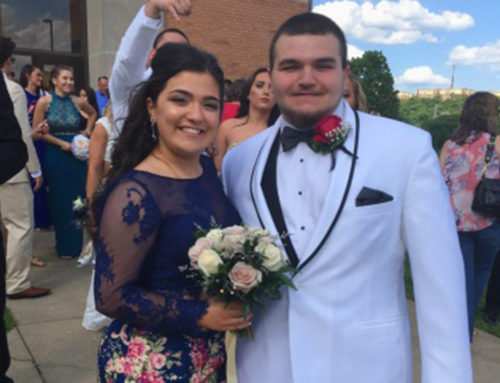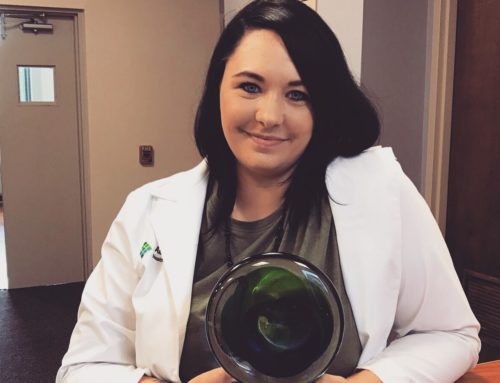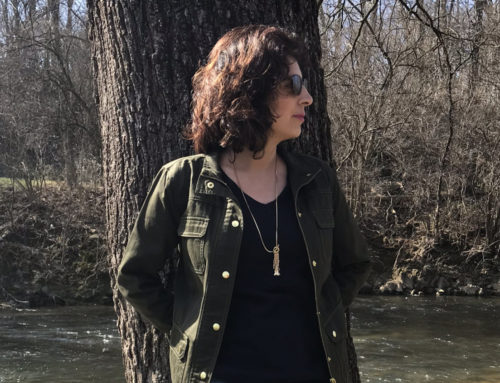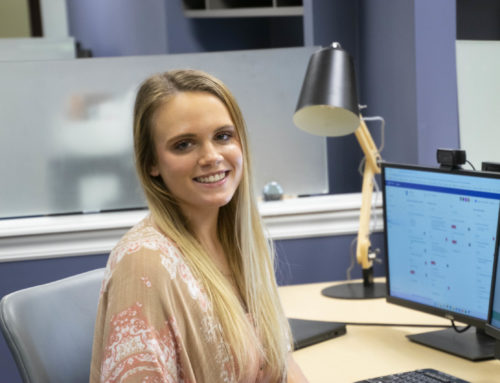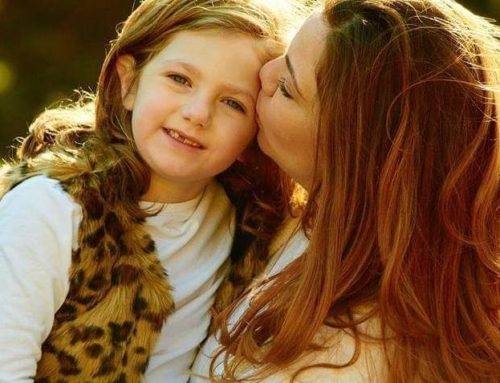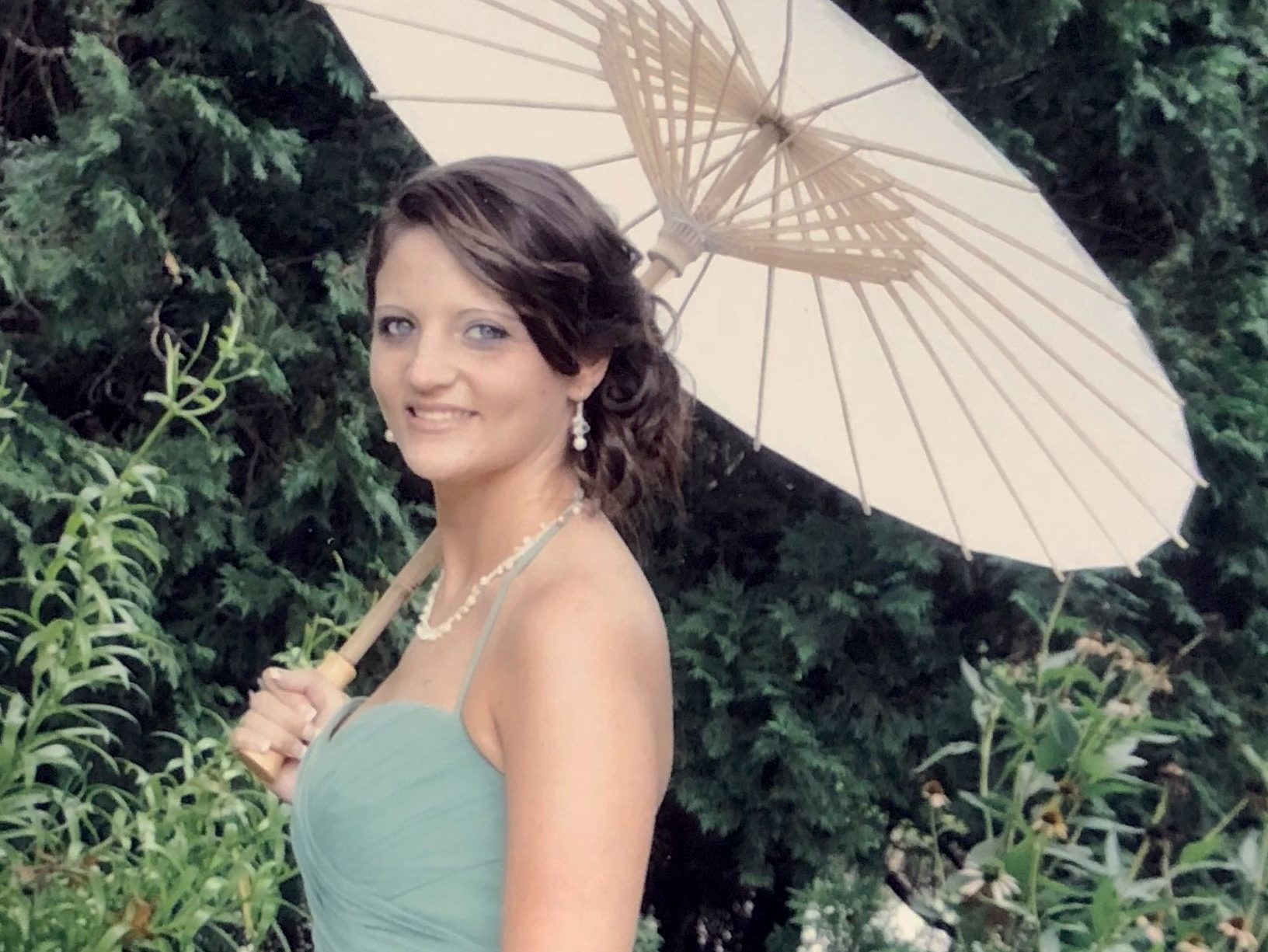
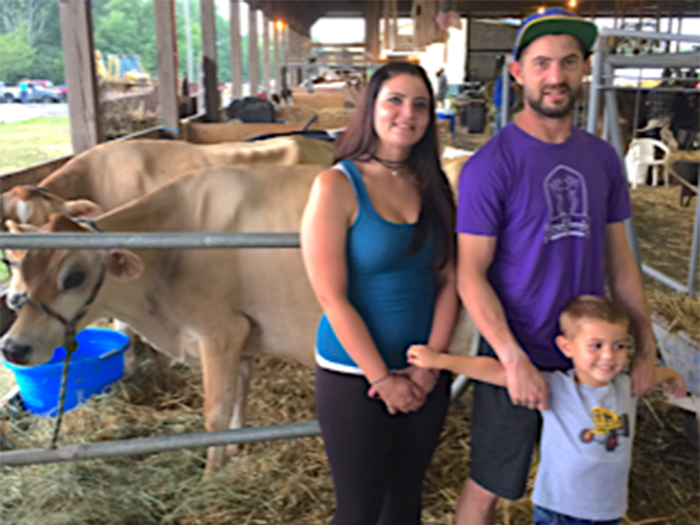

"Up until this point, it was something we had never dealt with. We were completely unaware to the opioid crisis that was starting to envelope this country."
I was born and raised in Penndel and have been married for 36 years. Both my husband and I come from families where drug and alcohol abuse were never present. I’ve worked for the Bucks County School district for 13 years. My husband and I have two children. One is currently 33 and a father of one with another on the way. My daughter Amy is unfortunately no longer with us but would have been 28. Amy was a good kid. She was a determined person since day one. She was a good student, an amazing soccer player, and worked at Redner’s. She liked hanging out at home but also hung out often with neighborhood friends. Amy never had run-ins with the law or did drugs, but this all changed 10 years ago when she was involved in a major car accident.
Amy was a passenger in car that slammed into a tree when it was coming down a steep hill. When the police got to the accident, Amy was not breathing and had no pulse. She was rushed to St. Mary’s Hospital and was stabilized. She survived but had two cracked vertebrae and a broken femur; her friend didn’t make it. She underwent numerous operations to fix her pelvis and was given a substantial amount of morphine while she was in the hospital. She came out of the hospital in wheelchair and a clamshell brace, so I had to take off work to care for her. During this time, she was being prescribed opioids. She eventually got out of the cast and wheel chair, graduated high school, and began going to the local community college.
At a certain point, she was no longer prescribed opioids and was cut off all at once. My husband and I weren’t knowledgeable about opioids and didn’t realize the dangers in taking someone off high dose opioids cold turkey with no kind of tapering plan. We realized there were issues when she kept complaining of pain and kept asking to go back to the doctor’s office. She began asking for money more often to buy various items. We later realized she was selling these items for money to get pills. She also began asking for more and more gas money. When we checked the mileage on her car, we noticed she was driving an incredible amount of miles that didn’t match up with the schedule we believed she had. We started finding evidence of drug use in her room and confronted her, but she denied it. We didn’t know how to deal with this behavior as my husband and I were oblivious as to how those afflicted by addiction act. Up until this point, it was something we had never dealt with. We were completely unaware to the opioid crisis that was starting to envelope this country.
We eventually got her into a rehab program, but it wouldn’t be the last one she entered. She was consistently removed from these rehab programs for various reasons and entered 4 different programs as well as various halfway homes. We believe she made the switch to heroin from pills through contacts she made in these halfway houses. We realized she was injecting when we found bottle tops with cotton balls, which was odd to us; we eventually found needles though.
The last time she was removed from a rehab program, we told her that she had to find a job while her father and I spent the weekend at a cabin; otherwise she wouldn’t be able to stay with us anymore. We didn’t like the idea of forcing her out, but we also didn’t like the fact that our grandson could potentially find something and hurt himself when visiting our home. Amy got into an argument with my husband about it. After the argument, she made up with my husband, and gave me a goodbye kiss before we left. I texted her that Friday night to check up on how she was doing but got no response. I figured she was out with friends, but became worried when she wasn’t responding back the next morning. I called my neighbor to check up on her. After the neighbor entered the home, she said she was going to call the police and stopped responding. After calling Amy’s phone repeatedly, someone finally picked up. It was a male voice and asked if it was Amy’s father on the line. After responding yes, the male identified himself as a police officer and that our daughter had passed away.
That Friday night, Amy bought and injected what she thought was heroin but was instead fentanyl. When we got home we went through her phone to get some idea of what might’ve happened. We learned that our daughter lived a double life and we were completely oblivious to it. We eventually decided to wipe the phone as we were discovering things we didn’t like; we didn’t want to know anymore. When I wrote Amy’s obituary, I didn’t shy away from the fact that she died of an overdose. It’s important that people know what it is that are our kids are dying from. This is not an illness that should be hidden.
This is why I am sharing my story, because these drugs are proliferating in our communities and families need to be aware of it. It’s impossible to understand how bad of a situation this is unless you yourself are caught up in it, and if it can happen to us, it can happen to anyone. If there is a voice inside of you telling that something is wrong, don’t push it down; take action. People who are impacted by this need to speak up about it and their voices should be heard in policy discussions about it. More needs to be done to make programs and treatments accessible. More needs to be done to save this generation.

